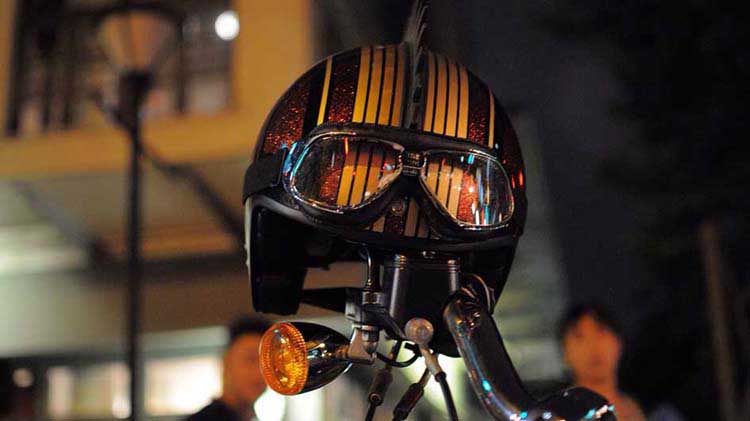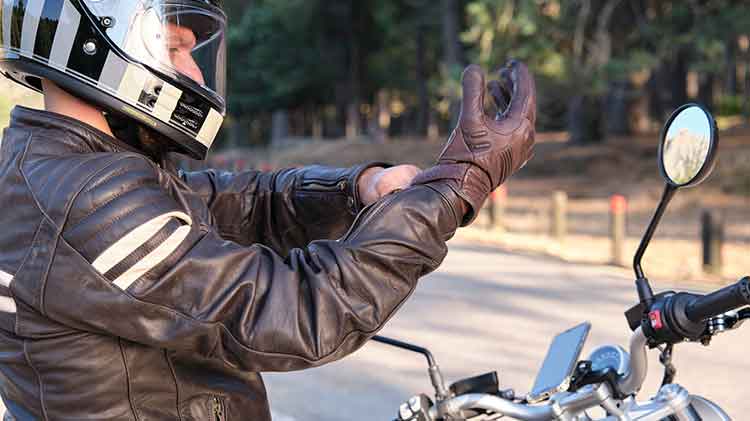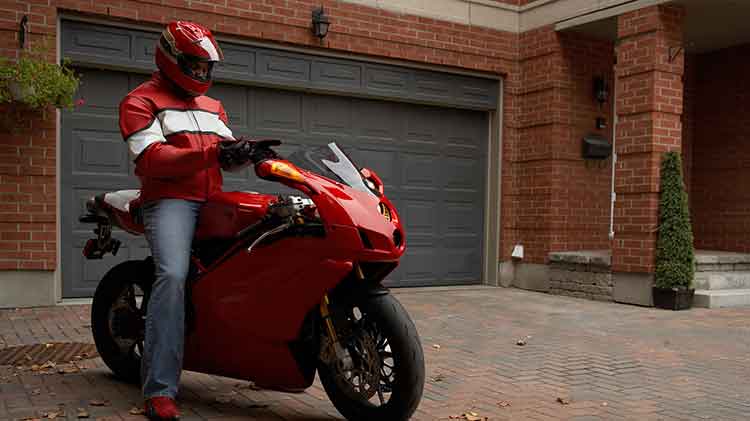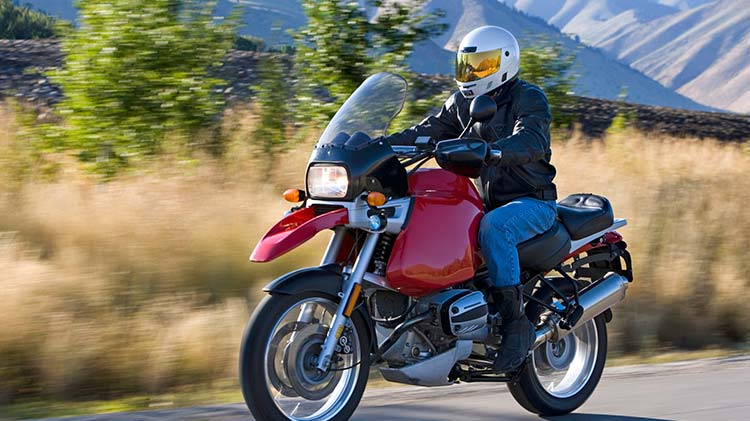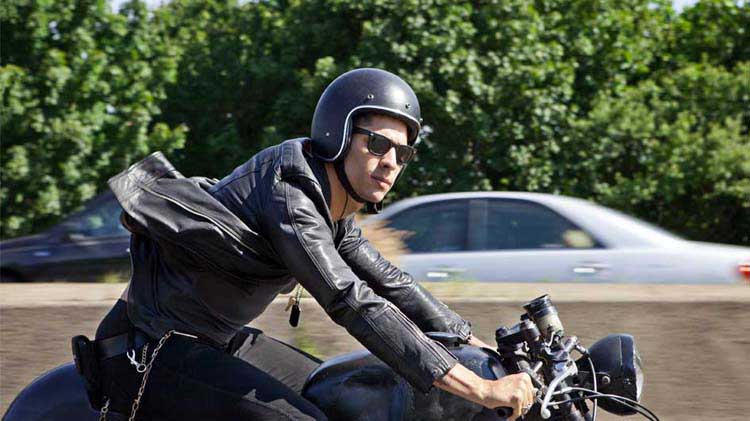Motorcycle safety tips
From riding tips to motorcycle awareness, you can help make the road safer with these habits.
The open road can be an adventure. You never know what might be around the bend, so try to be prepared for whatever the road has in store for you.
Whatever type of ride you prefer, sharing the road is essential. Here are some motorcycle safety tips to help keep yourself and your passengers safe.
Key takeaways for motorcycle safety
- Different ways to be safe while riding a motorcycle
- Motorcycle awareness tips for car drivers
Motorcycle riding tips
Make it legal
Consider contacting your state’s DMV to learn the requirements for getting a motorcycle license. Also, it’s important to reach out to your insurance company about motorcycle insurance and different coverage options that might be available.
Motorcycle classes
Consider participating in a hands-on training course. These are beneficial for both new and experienced riders. Attending advanced riding classes may help you with tips for braking techniques, collision avoidance and difficult turning.
Motorcycle safety gear
Wear protective gear, and see that passengers are protected too. Motorcycle helmets, padded or layered clothing, gloves and eyewear can all help reduce injury. A helmet is not required in every state but is strongly recommended. Helmets are vital for safe riding and may help protect you from a serious brain injury.
Motorcycle inspection
Think about checking your motorcycle often to confirm lights, turn signals, mirrors, brakes and fuel are in good shape before you ride. Consider choosing a bike equipped with an Antilock Braking System (ABS) as it helps prevent wheels from locking up and skidding.
Don't drive under the influence
Balance, coordination and good judgement are all parts of being safe on a motorcycle. Alcohol or prescription or over-the-counter medications can affect how you ride. Always ride sober.
Stay alert
When on the road, be engaged and on the lookout for other drivers. Don't forget to be courteous and respectful of other motorists and share the road. In addition, watch for potholes and things like oil, gravel and sand as those can be dangerous and may cause you to lose traction or control of your motorcycle.
Be visible
Larger vehicles are generally easier to see than motorcycles. Drivers might have more difficulty seeing motorcycles due to their size. As a rider, think about taking safety measures to be more visible including wearing bright colors and using your headlights and turn signals. Avoid getting into other drivers’ blind spots.
Keep your distance
Follow at a safe distance behind the vehicle in front of you. Allow more time and distance in poor weather conditions, heavy traffic and as you approach curves and intersections.
Obey the laws
Follow the rules of the road and obey traffic laws — especially speed limits and the use of turn signals. Try to stay in your lane — as opposed to driving on the shoulder or lane-splitting — because other motorists are more likely to see you when you're in a travel lane. Also think about learning the rules of riding double before taking a passenger.
Watch the weather
Difficult weather conditions like rain, ice and fog can make your motorcycle riding experience challenging. In addition to being cold, you might have a harder time controlling your motorcycle. Bad weather might cause it to be more difficult for other vehicles to see you. Consider checking the weather forecast before riding your motorcycle to avoid possible dangerous situations while on the road.
Motorcycle awareness for drivers
Keep your eyes open and follow the rules of the road
If you're in a car, it is good practice to be alert for motorcyclists. Respectfully share the road with them by being courteous and using turn signals to change lanes or when merging into traffic.
While on the road, check mirrors and blind spots before changing lanes. Watch for motorcycles with turn signals flashing and wait until they turn or the driver turns the signal off because unlike cars, motorcycle signals don't always have auto-cancel. Also watch for sudden moves by motorcyclists due to road hazards, such as dodging potholes or debris.
In addition, respecting the speed limit, not driving under the influence, defensive driving and avoiding distractions while at the wheel may help you in keeping everyone around you, including motorcyclists, safe.
Give them space
When following a motorcycle, travel at a safe distance, recommended to be three or four seconds. They can stop quicker than a car, and you need to be ready to stop, too.
Do not share your lane with a motorcycle. Even though they are smaller, motorcyclists are entitled to their own lane like all other vehicles.
Using these tips is a good starting point — and you can learn more by reading about how to avoid motorcycle accidents, riding double and other motorcycle insights.
